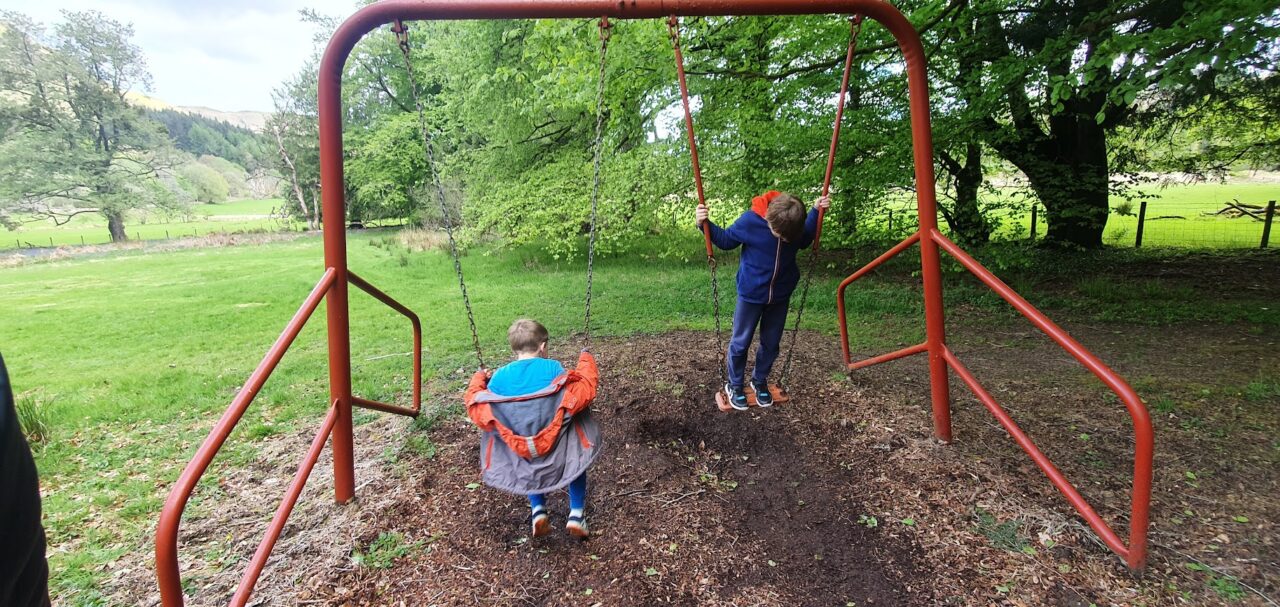There is A Thing that early childhood educators know about, called an Invitation To Play.
If you don’t already know what that is, I wonder what you’re imagining. An enticingly heavy, embossed card through the letterbox? A verbose request in swirling calligraphy? A formal – perhaps awkward – conversation?
Actually, an invitation to play involves no words, either spoken or written. (Or typed, or embossed.) It is a scene. A site for invention and exploration. It is the setting-up of objects and materials, the curation of another person’s future actions – a creation of desire!
I discovered Invitation To Play before I knew its name, watching my young son’s behaviour – at ease in his home, primed for a day at nursery, out and about in brand new places. In thrall to his mind and infant curiosity, I loved to explore his reactions to objects, events, situations. I noticed different rhythms of repetition, renewal, invention, learning in every different setting.
I suppose that when watching with love, that’s when we really witness the direction of someone else’s attention: I found that I could learn more about his mind by interacting, myself, in his world. Stepping with care into play.
In his absence I would take huge pleasure in approaching areas of our home and setting a scene — laying out an object, rearranging something normally overlooked. A book off the shelf and balanced upright with the pages open. Three bendy pipe cleaners by the shoe rack. A wooden spoon alongside a tin pot on the bench in the kitchen. Laying them out, just so: calibrating my knowledge of his mind and the possibilities inherent in those objects.
There is nothing more rewarding and affirming than standing silently aside and watching the invitation work its magic.
So much of HE teaching is lecturing. So much lecturing is telling. Telling is no fun! Discovery is better.



Leave a Reply